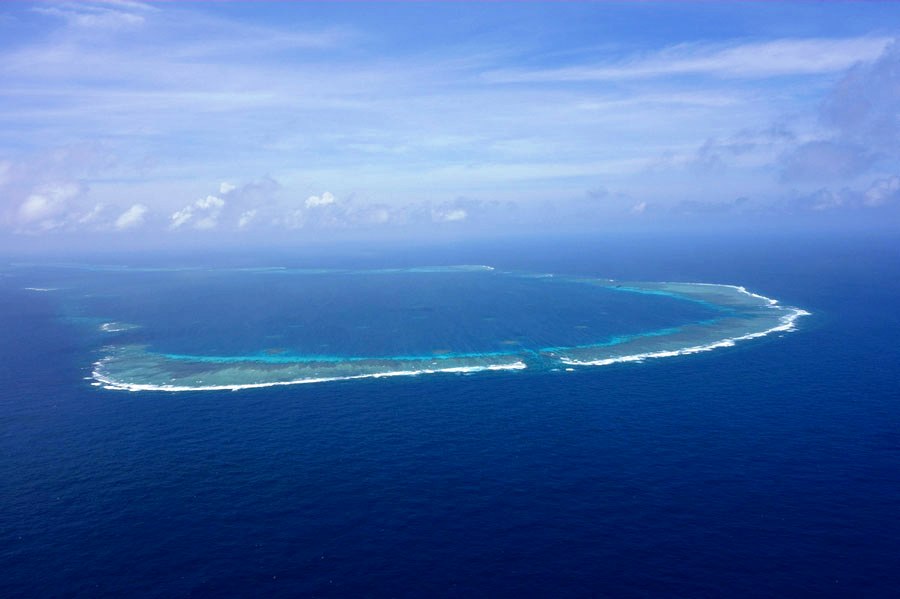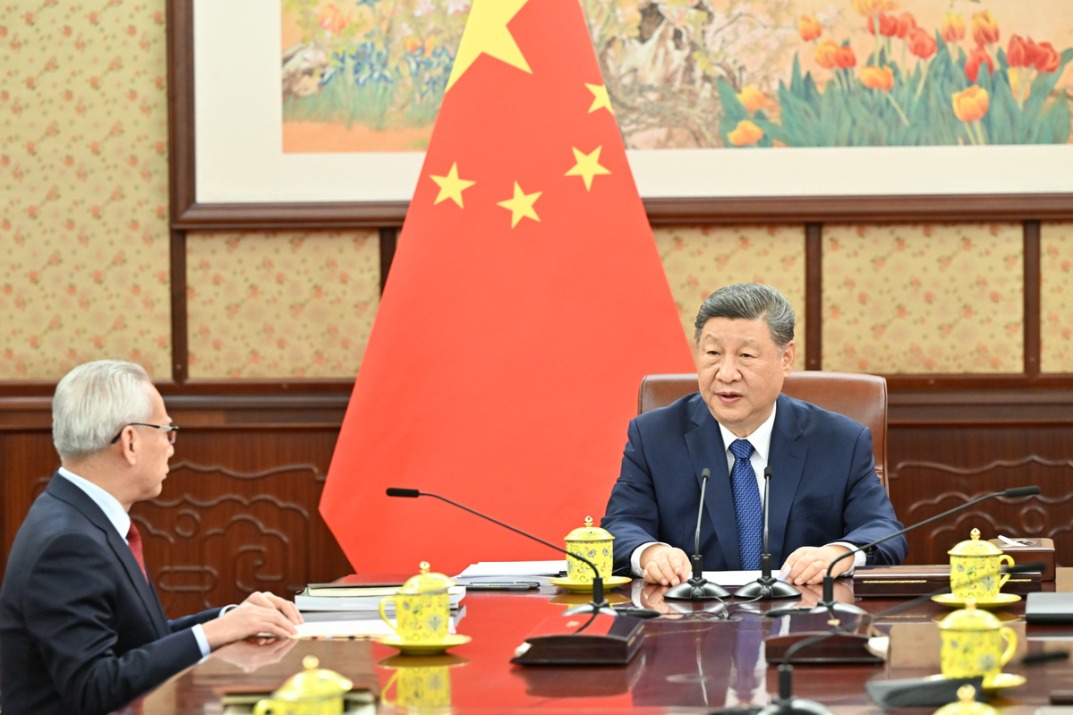Manila should respect the historical facts and pursue a reasonable course
By ZHANG ZHOUXIANG | China Daily | Updated: 2024-03-18 07:49

At a joint news conference with German Chancellor Olaf Scholz, Philippine President Ferdinand Marcos Jr indicated that the country continues to question China's historical claims based on a 10-dash-line map, saying that "we have not rejected China's proposals but the premise is something that we question".
Manila's questioning of the 10-dash line is worth questioning. China's historical rights in the South China Sea are indisputable. As Beijing has repeatedly reiterated, China was the first country to discover, name, explore and exploit the islands in the South China Sea, or Nanhai Zhudao, and relevant waters, as well as the first nation to exercise sovereign rights and jurisdiction over them continuously and effectively.
The islands were illegally occupied by Japan during World War II. After Japan's surrender, according to the Cairo Declaration and the Potsdam Declaration, the Chinese government resumed its sovereignty over them.
As Wang Wenbin, spokesman for China's Foreign Ministry, said, as early as in 1948, the Chinese government officially released its dotted line map, which has been upheld by successive Chinese governments. For a long time, it has never been questioned by any country. China has never claimed that the whole of the South China Sea belongs to China. The Philippine side accuses China of claiming all waters inside the dotted line as territory, which is not in line with the facts and is a deliberate distortion of China's position. The Philippines should stop misleading the international community.
Wang stressed that China has territorial sovereignty and maritime rights and interests in the South China Sea, including that China has sovereignty over Nanhai Zhudao. China has internal waters, territorial sea and contiguous zone, based on Nanhai Zhudao. China has an exclusive economic zone and continental shelf, based on Nanhai Zhudao. And China has historical rights in the South China Sea. The above positions are consistent with relevant international law and practice.
That Marcos made the statement prior to attending a summit with Japan and the United States in Washington in April has exposed his intention to use the South China Sea issue to undermine peace and stability in the South China Sea region with the help of external forces such as the US, whose naval vessels travel halfway round the world to China's doorstep just to cause trouble.
But the plots of the Philippines and the external forces that it counts on will be in vain, as China's sovereignty and territorial integrity and maritime rights and interests brook no infringement and China has the resolve and capability to uphold its sovereignty and territorial integrity and maritime rights and interests.
China stands ready to address the maritime differences with the Philippines and some other regional countries directly concerned through negotiation and consultation on the basis of respecting historical facts.
It's time the Philippines stopped its headlong rush along the wrong path. It and the other relevant nations could achieve win-win results by carrying out maritime cooperation with China, and jointly safeguarding peace and stability in the South China Sea.
























